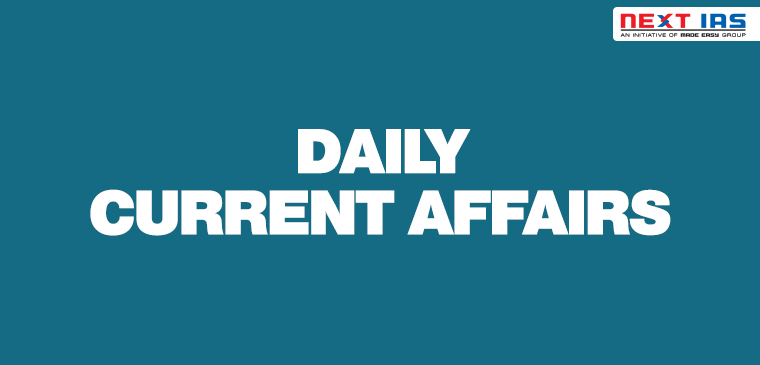
In News
- The Union Finance Minister recently repeated a refrain that the Centre had been unduly burdened by the cost of having to service ‘oil bonds’ issued by the previous government.
- Due to this, the government is unable to reduce excise duty and other Central levies on petroleum products so as to lessen the burden on consumers.
What are Oil Bonds?
- Between 2005 and 2010, the government issued long-dated Special Securities, totalling about ?1.4 lakh crore, to oil marketing companies (OMCs).
- It included Indian Oil Corporation, Hindustan Petroleum Corporation and Bharat Petroleum Corporation.
- These debt securities or bonds carry coupons ranging from 6.35% to 8.4%.
- They were issued in lieu of cash subsidy to cover the under-recovery that OMCs sustained on account of selling petroleum products below cost.
- The bonds paid an annual interest to OMCs and on maturity, the face value of the bonds, too, would accrue to them.
- Reasons behind issual of these bonds:
- To reduce the annual fiscal burden and
- To stagger the liability over an extended period of time.
Why were they issued only up to 2010?
- Deregulation of Petrol Prices in June 2010:
- The UPA government deregulated petrol pricing in June 2010.
- It ended under-recovery on the fuel.
- No losses from Oct 2014:
- OMCs stopped suffering losses on every litre of diesel they sold from October 2014 due to the deregulation of Petrol Prices.
- Price difference between World Market and Domestic Supply was high till 2010:
- As per the Petroleum Planning & Analysis Cell (PPAC), during that 5-year period, the price of a barrel of crude oil averaged $70.15.
- The retail selling price of petrol ranged from a low of ?37.99 to a peak of ?50.62 (in July 2008) over the same period.
Link between oil cost and retail fuel prices
- Elements of petrol prices delivered to consumers:
- The price of crude oil that is processed into the respective fuels,
- Central and State levies and
- Dealer commissions.
- Price peaked in 2011-12 and then eased slightly by 2013-14:
- The price of the Indian basket of crude oil kept rising during the UPA years, starting at an annual average of $39.21 in 2004-05.
- They climbed to a high of $111.89 in 2011-12.
- Prices eased slightly thereafter to an annual average of $105.52 in 2013-14, before the current government assumed office in May 2014.
- Reducing Prices and Increasing Taxes since 2014-15:
- Since 2014-15, when a barrel on average cost $84.16, crude prices have been on a downtrend and fell to $44.82 in 2020-21.
- Excise duty and related Central levies have, however, risen sharply
- They constitute almost a third of the pump price of petrol sold in Delhi as in August 2021, compared with just 14% in May 2014.
- State taxes have increased at a more gradual pace and risen in Delhi to 23% of the pump price, from 17% in May 2014.

Source: TH
Relevancy of the Minister’s contention
- Returns from excise duty & other levies v/s the expenditure on Bonds
- Far Higher Returns
- Its receipts by way of excise duty alone almost doubled between FY15 to FY21 (?3,71,726 crore) according to PPAC data.
- Much less Expenditure on Bonds
- In contrast, the principal outstanding for the bonds has barely changed over the last seven years
- The interest outgo, by the Minister’s own account at a little over ?70,000 crore, averages to just about ?10,000 crore a year.
- Far Higher Returns
Conclusion and Way Ahead
- The present regime can easily pay back the bond debt:
- The Centre has consistently derived far higher returns from excise duty and other levies than the expenditure it has so far incurred in relation to the bonds.
- Cut down the Central and Excise Duty:
- The exorbitant excise duty of around 1/3rd of pump price is too high seeing the COVID pandemic, poor economy, high unemployment and high inflation.
Source: TH
Previous article
Document on Land Degradation and Desertification
Next article
Facts in News